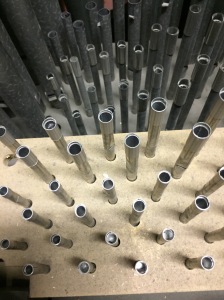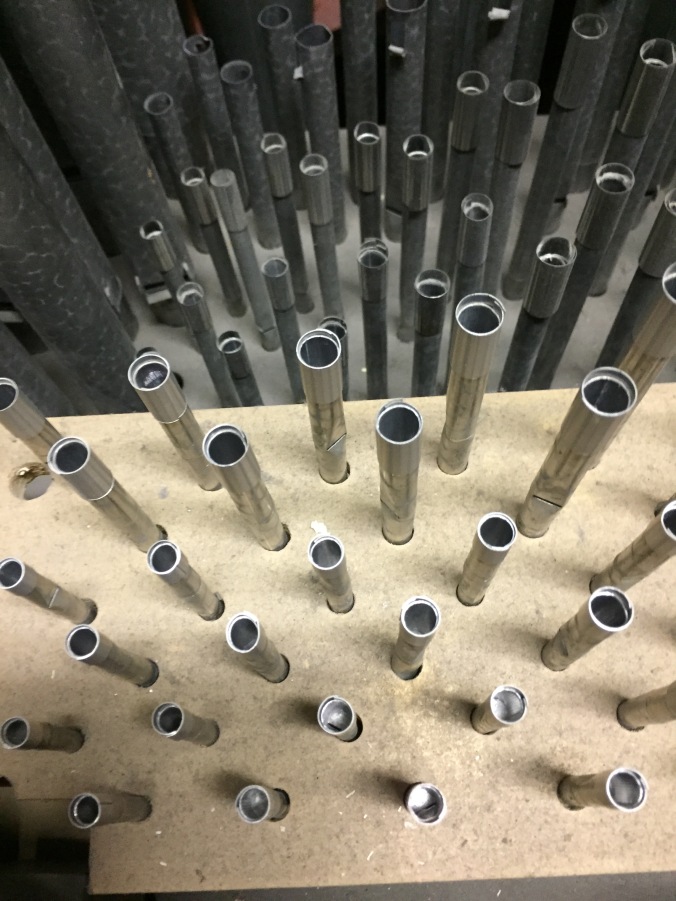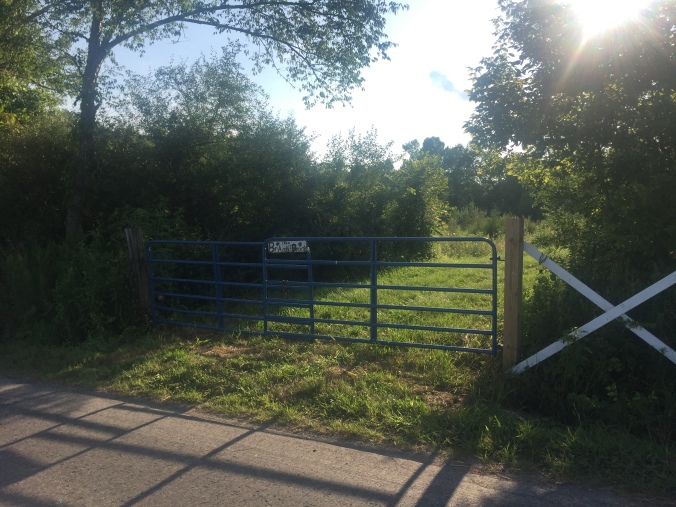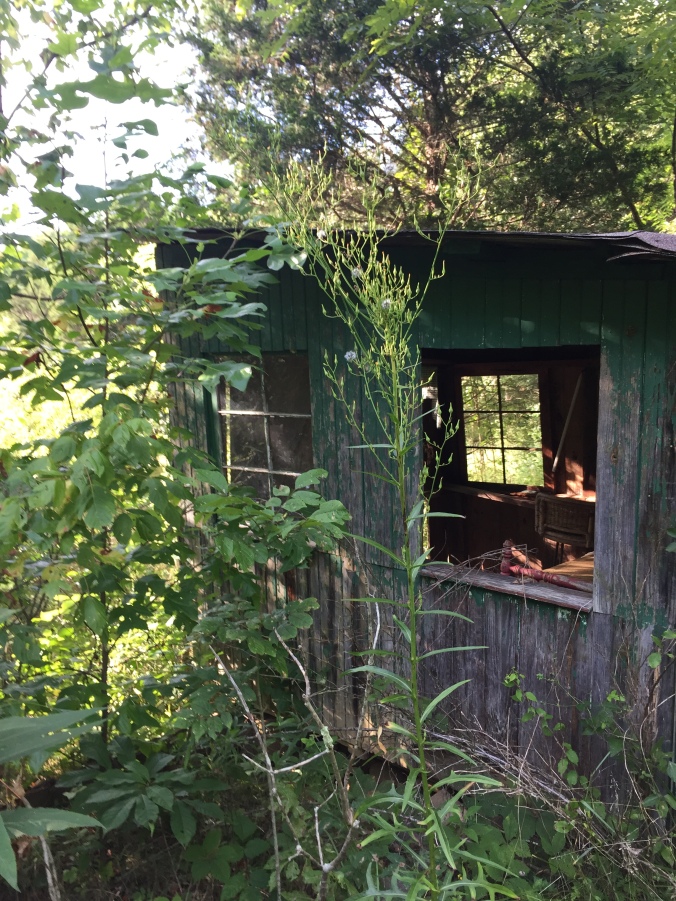This free write was written on March 3, 2019 after a weekend at the Ohio Council of Teachers of English conference. I was inspired by William Stafford’s poem, “Things I Learned this Week” (I’ve included it after my own writing).
Things I experienced:
Ice on a run.
Meeting Dr. Tatum.
Listening to Weiss, Storch, Reilly, Lowery, Colpi, Colaw
Laughing with them
Serendipity
Irony
Dinner with a former organ professor and friend.
Art as perspective and inspiration.
Dialogue with a dear friend.
Several funny and dumb texts
Cats
Grace
Brokenness
Things I tried
Putting myself in the shoes of my students.
Being less uncertain.
Being thankful.
Breathing through one nostril.
Meditating while driving.
Taking an interesting picture.
Digging deeper into the meaning of things that have happened in my past.
Things I wrote
This
An email to my mom
Several comments and responses to students
A thank you note to Ted and Robert
Planning for classes
Words that meant something to me (ex. “I will fight against anything that challenges the humanity of my students.” [Tatum 3/1/2019; Worthington, OH])
Notes about music I’m choosing to play at church
“I am sad” “My ‘church’ is broken”
Things I’ve said:
You’re welcome.
Thank you.
Have a good day.
See you tomorrow.
Ugh.
Yaaaaaaaas!
Things I’ve texted:
“Wahoo!”
“Keep fighting.”
“Kissy face”
“Hearts”
Things I’ve learned:
It’s going to be “ok.”
Connections everywhere.
The satisfaction of serendipity, community, and love.
Things I that disappoint me.
The complexity of our world.
Social Media
Disinterest
Dishonesty
Disrespect
Dehumanization
Separation
People I thought about:
David and Stacy
Yang Yang and Miao Miao
Mom
Dad
Sister
Niece
Nephew
Half-brother and sister
Cabin
Last things:
Cotton ball, cotton boll, cotton flower
Cotton Bowl!
________________________________________
“Things I Learned Last Week” by William Stafford
Ants, when they meet each other, usually pass on the right.
Sometimes you can open a sticky door with your elbow.
A man in Boston has dedicated himself to telling about injustice. For three thousand dollars he will come to your town to tell you about it.
Schopenhauer was a pessimist, but he played the flute.
Yeats, Pound, and Eliot saw art as growing from other art. They studied that.
If I ever die, I’d like it to be in the evening. That way, I’ll have all the dark to go with me, and no one will see how I begin to hobble along.
In The Pentagon one person’s job is to take pins out of towns, hills, and fields, and then save the pins for later.















